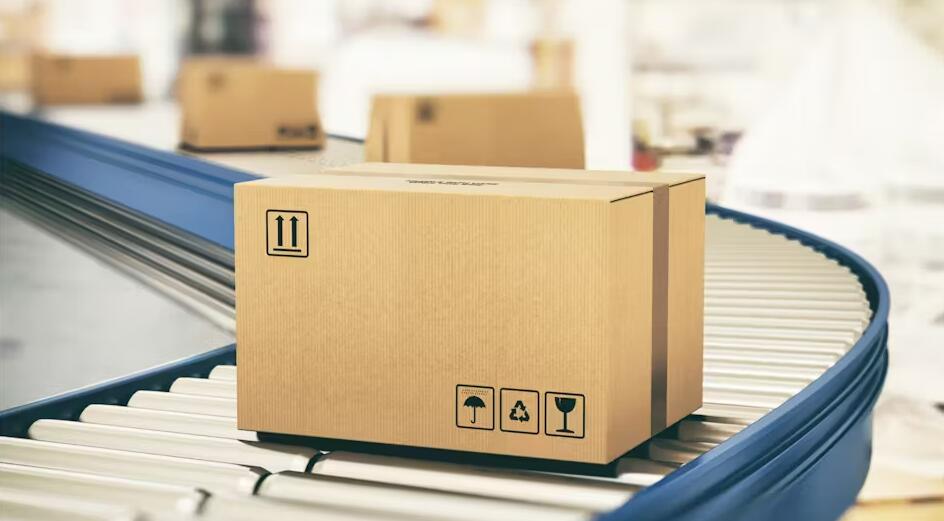
Ranked by size, iCEasy Electronics, Ample Solutions, WIN SOURCE, Compo Electronics Asia Ltd. and Chip 1 Exchange make up the “top five” on Supply Chain Connect’s 2023 Top Asia Pacific Distributors List, which includes 45 distribution firms. Rounding out this year’s top 10 are Sigma Technology Inc., Briocean Technology Co., Ltd., CoreStaff Co., Ltd., Cytech Systems and Taurus Group B.V.
Many of the companies on this year’s Top Asia Pacific Distributors List have had a place on the list for multiple years. For example, this is the third time that WIN SOURCE has been recognized by Supply Chain Connect for its excellent service. “We are thrilled to be ranked as one of the top 50 global electronic component distributors by Supply Chain Connect,” said WIN SOURCE CEO Ethan Tsai, in a press release.
“With over 23 years of experience dedicated to optimizing the supply chain of the electronics industry, we are proud that our hard work and efficient services have been recognized for the second year in a row, this time on an international scale,” Tsai continued. “This achievement truly strengthens our commitment to providing excellent solutions and establishing trusted partnerships with customers worldwide.”
Challenges and Opportunities
As with many regions of the world right now, APAC is righting itself after a tumultuous few years of managing a global pandemic, ongoing supply chain disruptions and a persistent labor shortage.
Other trends currently impacting distributors in the region include the uptick in e-commerce, customer demand for faster delivery times and the desire for more personalized/customized products. These shifts are creating both opportunities and challenges for distributors operating in APAC and other areas of the world.
With consumers and business partners becoming more focused on environmental sustainability, distributors are being asked (or, taking it upon themselves) to sell more sustainable products, use more sustainable packaging options and effectively reduce their operations’ overall environmental impacts.
APAC Semiconductor Trends
In its recent APAC Semiconductor Makers Can Ride Out Current Cyclical Downturn report, Fitch Ratings said that APAC semiconductor companies are “likely to keep their credit profiles intact amid the current cyclical downturn on their solid financial flexibility and sufficient liquidity.” It says the downturn is due to the “global economic slowdown – aggravated by the Russia-Ukraine conflict – U.S. restrictions on China in accessing advanced chipmaking technologies and a sharp post-pandemic decline in device demand.”
Fitch also says that rising semiconductor content in smartphones, personal computers and other electronic devices will support demand growth, despite the currently sluggish demand for these products. “Consumers increasingly prefer to buy smartphones with higher memory and personal computers with higher specifications, requiring greater memory content,” the company points out.
In its recent report on APAC’s electronics sector, S&P Global Market Intelligence says that APAC merchandise exports “declined significantly” during the first half of this year due to weak demand in the U.S. and Western Europe. Mainland China’s “sluggish recovery” also contributed to the decline.
“The downturn in global electronics demand since mid-2022 has increasingly been impacting on APAC electronics exports, which are an important part of manufacturing exports for many APAC industrial economies,” S&P points out, noting that the gradual recovery of international tourism in the APAC region is “resulting in improving service sector exports for economies such as Thailand, Malaysia and Singapore, helping to mitigate the negative impact of weak goods exports.”
Looking ahead to 2024, the World Semiconductor Trade Statistics (WSTS) expects the global semiconductor market to surge by 11.8%, amounting to $576 billion (USD). It says this expansion will primarily be driven by the memory segment, which is projected to recover to $120 billion in 2024, marking an increase of over 40% compared to the previous year. “Nearly all other key categories, including discrete, sensors, analog, logic and micro, are projected to exhibit single-digit growth,” it adds.

COMMENTS